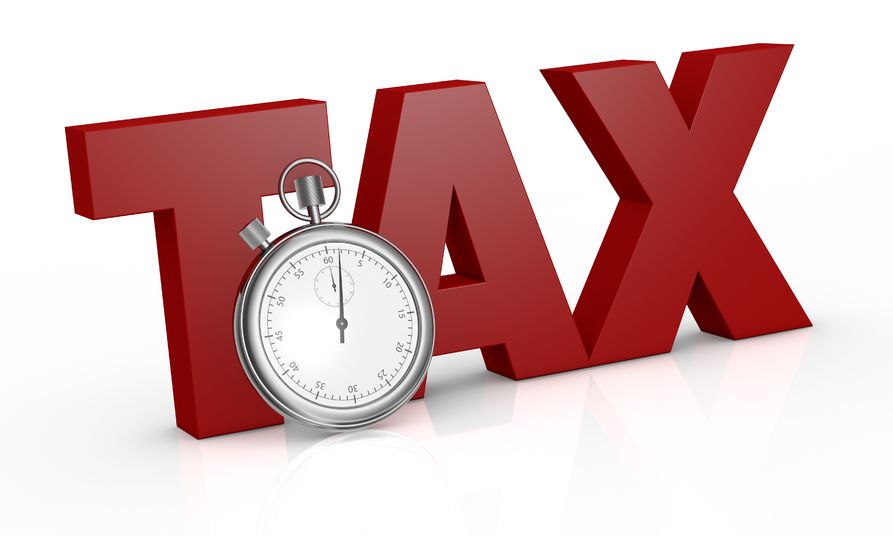
Clients who are incorporated small business owners and hold significant retained earnings in their private corporations should consider whether it makes sense to pay out additional dividends before the end of 2017 rather than wait until the new year to do so, several tax experts suggest.
That’s because the reduction in the small business tax rate next year, which the federal government announced this autumn and was otherwise welcomed generally by the small business sector, may result in a higher tax cost for shareholders who receive dividends paid out in 2018 and beyond.
“If you’re planning to pay a dividend out of investment income [from a private corporation], it’s going to be cheaper to do it this year rather than next year,” says David Malach, a tax lawyer and partner with Aird & Berlis LLP in Toronto.
“Effectively, this is a tax hike,” adds Jamie Golombek, managing director of tax and estate planning with the financial planning and advice group at Canadian Imperial Bank of Commerce, noting that there are likely billions of dollars held in the retained earnings of private companies in Canada.
In October, the federal government announced that it would reduce the small business tax rate from 10.5% today to 10% in 2018 and to 9% in 2019. The announcement was made during the same week in which the feds backtracked on several proposals they had made affecting the taxation of private corporations.
However, in conjunction with the decision to lower the small business rate, the government also lowered both the “gross-up” and the “dividend tax credit” rates for dividends for 2018 and 2019, resulting in a higher dividend tax rate. The moves were expected as adjusting these amounts at the same time as the small business rate helps to maintain “integration” in the Canadian tax system.
Integration is the concept whereby the total amount of taxes payable should be relatively equal irrespective of whether income is earned personally or through a private corporation. To achieve integration, a gross-up rate is applied to the amount of dividends received and the total is included in taxable income. The taxpayer then applies a dividend tax credit against the grossed up amount, representing a credit for the amount of tax that was already paid at the corporate level. When integration works perfectly, a taxpayer should be indifferent as to whether he or she earns income personally or through a private corporation.
Although lower small business tax rates in 2018, 2019 and beyond represent a tax break on income earned from retained earnings in years after 2017, any dividends from retained earnings paid out after 2017 will also face a higher combined federal and provincial dividend tax rate. For example, in Ontario, which also has recently lowered its small business rate, the tax rate on non-eligible dividends, which are generally dividends from a private corporation, for individuals in the highest tax bracket will rise from 45.30% in 2017 to 46.84% in 2018 to 47.78% in 2019.
“You’re going to have a mismatch,” Golombek says. “Income you earned corporately in 2017 that was taxed at the [higher] 2017 small business rate will be subject to the [higher] 2018 or 2019 personal rate on dividends when it’s paid out.”
Thus, small business owner clients who may have been considering paying out dividends next year might consider doing so before the end of the year, Malach says: “If you’re going to pay a dividend of $100,000 on Jan. 1, pay it on Dec. 31 [instead]. You’ll save money.”
There may also be another good reason for small business owners to consider paying out dividends before the end of 2017: the federal government has indicated that it intends to limit opportunities for small business owners to split dividend income with family members in 2018 and beyond.
“We certainly would recommend getting dividends paid out in 2017,” says Bill Black, a wealth advisor with IPC Securities Corp. in Owen Sound, Ont. “We know what the rules are in 2017, but we’re not sure what they will be in 2018. They certainly don’t look like they’ll be as good.”
Photo copyright: lucadp/123RF